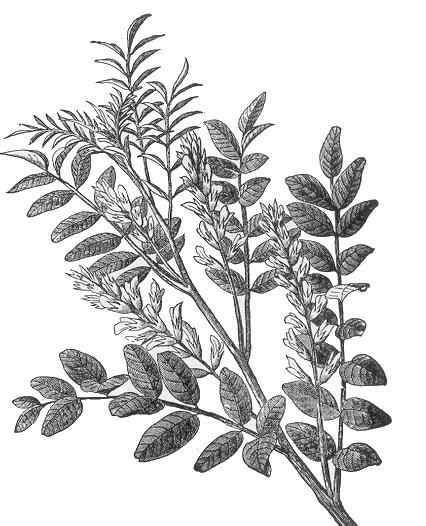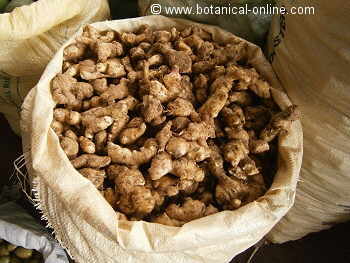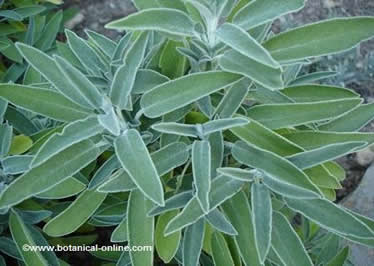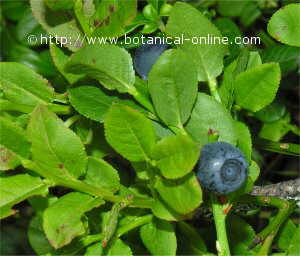Contents
What are rainforests?
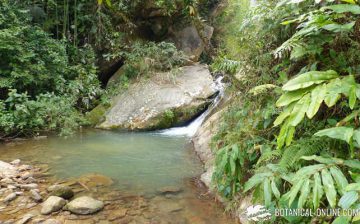
Rainforests are dense forests, with vegetation at different height levels, and with a great diversity of trees of different species and animals.
Rainforests, along with oceans, are the oldest ecosystems that exist. A large proportion of pure forests are cleared annually to introduce crops or raise livestock.
At the current rate of deforestation, the rainforests are believed to have disappeared in just over 40 years.
In what regions are rainforests found?
Rainforests are located mainly in Ecuador, between the Tropic of Cancer and the Tropic of Capricorn, and occupy only 6% of the entire earth’s surface. Adjacent to this ecosystem there are savannas that act as a transition zone towards deserts.
Characteristics of rainforests
In rainforests, there is abundant rainfall, so there is lush vegetation and great biodiversity. Rainfall in the jungle usually exceeds 2000 mm per year. To give us an idea, this precipitation figure is 3 times higher than that of Barcelona, as an example of a Mediterranean climate geographic point. That is why in jungles there is always a surplus of water on the ground, in the form of runoff.
Rainforest climate
The climate of these ecosystems is humid and warm, so animals have developed adaptations to live in them. The average temperature of the jungle varies between 24 and 30ºC.
The climate of these ecosystems does not vary throughout the year, which means that jungle animals can not tolerate changes in temperature, humidity or light. For this reason, the thermal amplitude or temperature difference throughout the year is very low. On the other hand, we speak of a daily seasonality in these environments, rather than annual seasonality, although in reality rainforests do not present seasonality.
Warm temperatures and abundant rainfall make rainforests the most diverse and complex biome in the world. The animal and plant species of the jungle show very complex adaptation relationships between them.
Examples of the most important jungles
As the most important rainforests, we have the Amazon rainforest, the Borneo jungle (Indonesia), the Congo jungle (Central Africa) and the Madagascar jungle. Central America, South America, Africa, Central and South America, as well as Southeast Asia contain rainforests.
Rainforest vegetation
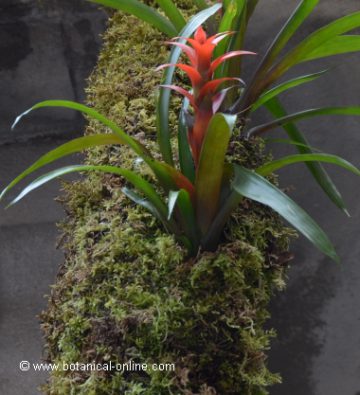
In the jungles, there are various levels of vegetation, that is, from trees that can measure more than 20 m in height to mosses that grow at ground level.
In these environments, plants have difficulty finding light, since light is the limiting factor in this environment. For this reason, the plants of the jungle have devised different strategies to reach the light.
Plants have also devised a strategy of associating with pollinating animals, as there is a coevolution between plants, insects and mammals such as bats.
Another strategy of jungle plants in the case of trees is the development of stability structures in their trunks called buttresses roots.
Plants can be in symbiosis with fungi, since they provide minerals to the plant, for their part the plant receives glucose from fungi.
Jungle animals
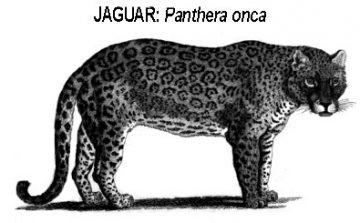
In the jungle live both tiny insects and large mammals. Insects are the most numerous animals in this ecosystem. Arachnids are also very abundant, as well as reptiles and amphibians.
A great variety of arboreal animals inhabit the jungle, such as primates.
The rainforests of South America are a paradise for insects and insectivores.
Forest floor
Due to the high rainfall in the forests, the soil in these environments is poor in nutrients and minerals, because there is continuous washing or leaching, and therefore it is also acidic. These are generally deep soils, up to 20 meters.
The jungle floor is called the latosuelo. It is also characterized by having underdeveloped horizons below the superficial organic layer. The color of the soil is reddish or yellowish red.
Usefulness of rainforests
These ecosystems are the habitat of two thirds of all the fauna and flora of the world. There are still millions of plant and animal species to be discovered in the jungles. Jungles are known by the name of “world pharmacies” due to the large quantity of natural remedies they provide. In fact, it is estimated that 25% of the world’s medicines are derived from rainforest plants.
These ecosystems are also called “the lungs of planet Earth”. However, in the rainforests there is no net oxygen production due to the rapid decomposition of organic matter.
Jungles offer us numerous foods and products, such as cocoa, sugar, pineapple, rubber or cinnamon, in addition to certain medicines.
![]() More information on ecology
More information on ecology

